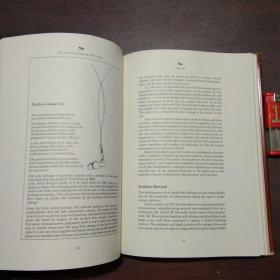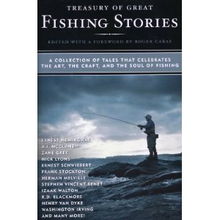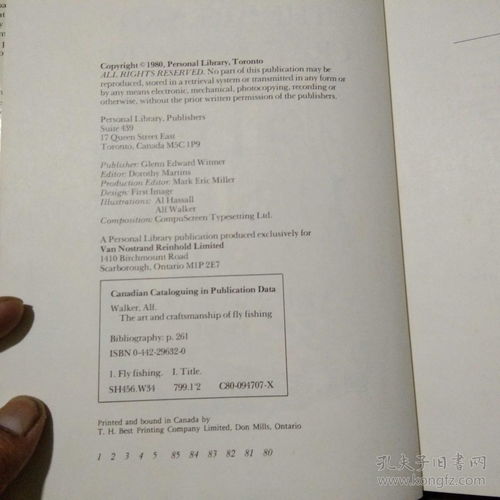本文目录导读:
- Understanding the Importance of Hair Tying in Fly Fishing
- Materials Needed for Hair Tying
- Step-by-Step Guide to Tying Hair for Fishing Lures
- Diagram: How to Bind Hair for Fishing Lures
- Conclusion
In the world of fly fishing, the art of tying hair for fishing lures can elevate your angling experience to new heights. Whether you're a seasoned angler or just starting out, mastering the technique of how to bind hair can make a significant difference in the effectiveness of your fly. Below, we provide a comprehensive guide with detailed instructions and a step-by-step diagram to help you tie hair for fishing lures like a pro.
Understanding the Importance of Hair Tying in Fly Fishing
Hair tying is a fundamental skill in fly fishing, as it allows anglers to create lures that mimic the natural movement and appearance of aquatic insects. These lures, often made from elk, deer, or synthetic hair, can be incredibly effective in attracting fish. The right technique ensures that the hair is securely tied, retains its natural movement, and lasts longer.
Materials Needed for Hair Tying
Before diving into the steps, here's a list of materials you'll need:
- Hair material (elk, deer, or synthetic)
- Monofilament or fluorocarbon line
- Fly tying tools (including a bobbin, needle, and scissors)
- Hackle (optional for added movement)
- Vise (to hold the fly while tying)
Step-by-Step Guide to Tying Hair for Fishing Lures
Step 1: Prepare Your Materials
Start by preparing your materials. Cut a suitable length of hair and line. If using a hackle, prepare it as well.
Step 2: Secure the Hair in the Vise
Place the hair in the vise with the thicker end facing you. This will be the part that you'll be working with to create the body of the lure.
Step 3: Start the Thread
Pass the thread through the vise and secure it with a few wraps to hold it in place. This will be your foundation for the tie.
Step 4: Form the Base of the Lure
Take the thicker end of the hair and make a loop with it. This loop will form the base of your lure. Pass the thread through the loop from the back to the front, creating a secure knot.
Step 5: Add the Tail
Take the thinner end of the hair and wrap it around the thread. Make sure to wrap it in the opposite direction of the thicker hair to prevent it from fraying. Wrap the thinner hair several times to create a sturdy tail.
Step 6: Secure the Tail
Once you've wrapped the tail to your desired length, pass the thread through the loop created by the tail to secure it. Make sure the tail is tight and won't come loose.

Step 7: Create the Body
Now, take the thicker hair and begin to wrap it around the thread. This will create the body of the lure. Keep the wraps tight and close together to form a smooth, uniform body.
Step 8: Add the Hackle (Optional)
If you're using a hackle, place it on the thread and begin to wrap it around the body of the lure. The hackle should be wrapped in the opposite direction of the hair to prevent it from fraying. Wrap the hackle several times to create a natural movement.
Step 9: Secure the Body
Once you've wrapped the body to your desired length, pass the thread through the center of the hair body to secure it. Make sure the body is tight and won't come loose.
Step 10: Whipping the Lure
To finish off the lure, whip finish the thread by wrapping it around the hair body several times. This will create a neat and durable head for the lure.
Step 11: Trim and Finish
Trim any excess hair and thread. Your lure is now complete and ready to be used.
Diagram: How to Bind Hair for Fishing Lures
For a visual guide, refer to the following diagram:
[Insert Diagram Here]
Conclusion
Tying hair for fishing lures is a skill that takes practice to master, but with this step-by-step guide and diagram, you're well on your way to creating effective and attractive lures. Remember, the key to success is in the consistency and tension of your wraps, as well as the choice of materials. With time and patience, you'll be able to tie hair with precision and create lures that will catch the attention of even the most elusive fish. Happy fishing!












